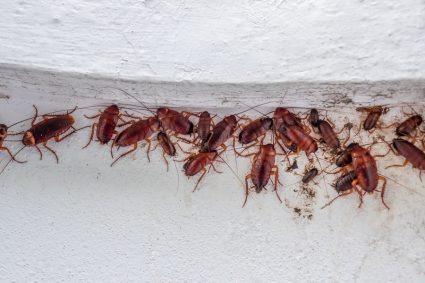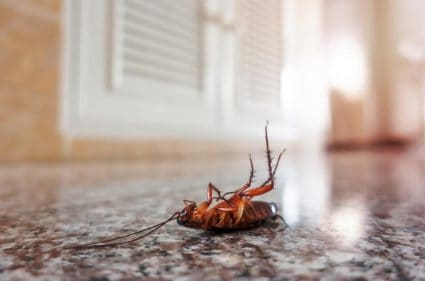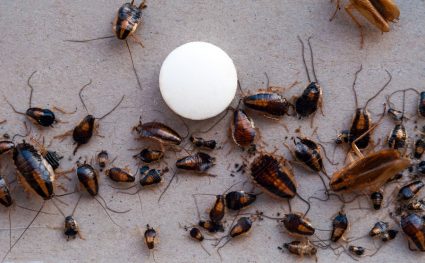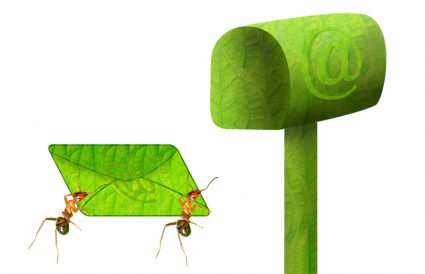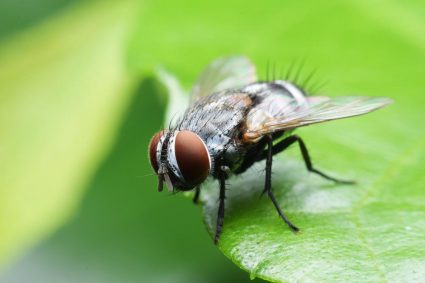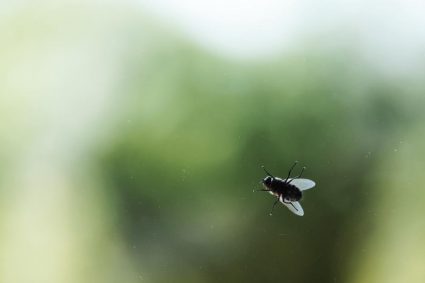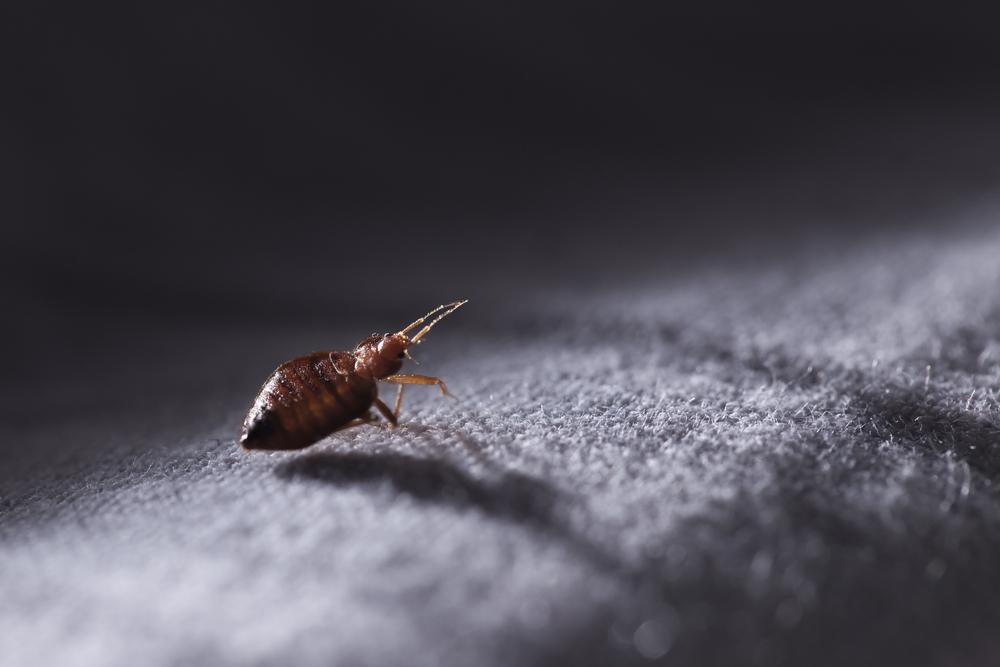
Bed bugs are tiny, elusive pests that can cause significant distress with their blood-sucking habits. These nocturnal creatures are masters at hiding, making them difficult to detect and even harder to get rid of. If you’re battling a bed bug infestation, you might be wondering, “How do exterminators get rid of bed bugs?” In this comprehensive guide, we’ll delve into the methods professional exterminators use to eliminate these pests.
Exterminators get rid of bed bugs through a multi-step process. First, they identify the infestation through visual inspection or other detection methods. Then, they develop a treatment plan that may include non-chemical methods like vacuuming, steaming, heat or cold treatments, and laundering, or chemical treatments like pesticide dusts, crack and crevice injections, and fogging or fumigation. After initial treatment, exterminators monitor the area and perform follow-up treatments if necessary. They also provide guidance on preventing future infestations.
Identifying Bed Bug Infestations
The first step in any extermination process is identifying the problem. Bed bug infestations can be notoriously hard to detect due to their small size and ability to hide. Exterminators look for signs such as live bed bugs, fecal spots, cast skins, and hatched eggs during a visual inspection. They examine beds, nightstands, baseboards, couches, sofas, wheelchairs, and any other places where people sleep or relax.
In addition to visual inspection, exterminators may use passive interceptor devices, which are more effective at identifying infestations. Some even employ canine scent detection, which boasts a high accuracy rate of 95-98%.
Developing a Treatment Plan
Once the infestation has been identified, exterminators develop a customized treatment plan. This plan typically includes a combination of non-chemical and chemical treatments, depending on the severity of the infestation.
Non-Chemical Treatments
Non-chemical treatments are often the first line of defense against bed bugs. These methods include:
- Vacuuming: This can help reduce bed bug populations and remove eggs from surfaces.
- Steaming: High-temperature steam is effective at killing bed bugs hiding in mattresses, furniture, and carpets.
- Heat treatments: Portable heat chambers are placed over affected furniture or spaces to kill bed bugs at all life stages.
- Cold treatments: Infested items are exposed to extremely low temperatures to kill bed bugs.
- Laundering: Washing infested items in hot water and drying them on high heat can help kill bed bugs and their eggs.
Chemical Treatments
If non-chemical treatments are not sufficient, exterminators may resort to chemical treatments. These include:
- Pesticide dusts: These are applied to areas where bed bugs are hiding, such as behind electrical outlets and in wall voids.
- Crack and crevice injections: Insecticides are applied directly into cracks and crevices where bed bugs are hiding.
- Fogging and fumigation: These methods involve using a fogger or fumigator to disperse chemicals in the infested area, killing bed bugs.
Monitoring and Follow-Up
After the initial treatment, exterminators will monitor the infested area to ensure the bed bugs have been eliminated. They may use bed bug interceptors to gauge the severity of the infestation and determine hot spots. Follow-up treatments may be necessary if live bugs or eggs are found during monitoring.
Prevention
Exterminators also provide guidance on preventing future bed bug infestations. This may include using mattress encasements, reducing clutter, and sealing cracks and crevices. Regular inspections, washing bed linens at high temperatures, and being vigilant when traveling can also help prevent infestations.
Conclusion
Bed bug extermination is a complex process that requires professional expertise. Exterminators use a combination of inspection, non-chemical treatments, chemical treatments, and follow-up monitoring to ensure complete elimination of bed bugs. While it can be a time-consuming and costly process, it’s essential to act quickly at the first sign of bed bugs to prevent a larger infestation. By understanding how exterminators get rid of bed bugs, you’ll be better equipped to handle these pesky invaders should they ever find their way into your home.
Frequently Asked Questions
How long does it take to completely get rid of bed bugs?
The process of eliminating bed bugs can take several weeks, depending on the severity of the infestation and the methods used. Most professional exterminators will schedule follow-up treatments every 1-2 weeks until the infestation is completely eradicated.
Are bed bugs harmful to humans?
Bed bugs are not known to transmit diseases to humans, but their bites can cause skin irritation, allergic reactions, and sleep disturbances. Some people may also experience psychological distress due to a bed bug infestation.
Can bed bugs infest other places apart from beds?
Yes, bed bugs can infest many areas other than beds. They are known to hide in furniture, clothing, luggage, and even electrical outlets. Anywhere humans rest or sleep can be a potential hiding spot for bed bugs.
Can I get rid of bed bugs by myself?
While it is possible to treat a minor bed bug infestation yourself using over-the-counter products, professional treatment is usually recommended. Bed bugs are highly resistant to many forms of treatment and can easily spread if not properly handled.
How can I prevent bed bugs from entering my home?
There are several steps you can take to prevent bed bugs from entering your home. These include regularly inspecting your home for signs of bed bugs, reducing clutter, washing and drying bed linens at high temperatures, sealing cracks and crevices, and being vigilant when traveling or bringing used furniture into your home.

